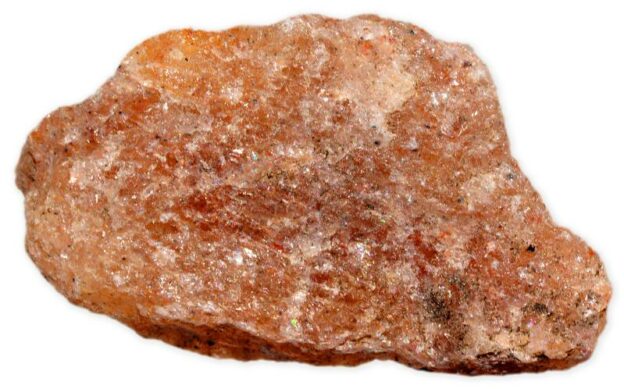For the Russian-speaking user, alunite is a mineral of Abkhaz-lunar origin. Lunar – because moonies, everything is clear here! Abkhazian – because all names in the Abkhazian language begin with “a”. Adjika, agastronomer, alunite. It’s logical!
In fact, alunite is not even remotely related to moonstone. The name of the mineral has French roots. Alun – in French “alum”. Therefore, alunite is an alum stone. Alum, as the complex sulfates of certain metals have long been called, is found in nature wherever hydrothermal activity is present (or has recently ceased).
True, industrial development of alunite deposits is not carried out wherever alum can be found.
Alunite deposits
Aqueous metal sulfates – most often aluminum and potassium (they also say “potassium alum”) – can be found on any continent. However, only six to eight deposits of Asia, America and Europe are used for volumetric mining of the mineral. Not all forms of bedding are convenient to extract. In addition, on an industrial scale, alum is more profitable to produce artificially.
Therefore, gemologists have a good opportunity to select high-quality crystals of alunite for the manufacture of jewelry.
In places of crystallized alunite occurrence, often useless accompanying rocks are often found. Together with alunite, intergrowths of pyrite crystals, quartz grains, and fragments of crystalline gypsum are found.
Alunite Jewelry
Alunite itself is not particularly beautiful. Its rhombic crystals are similar to diamond, but the low strength of the mineral (3.5-4 units on the Mohs scale) harms the preservation of the stone. The color of alunite in most cases resembles moonlight (what a coincidence!): Either blurry whitish, then dirty yellow, then bluish-gray, or even earthy in color, are usual for alum stone.
Some varieties of alunite give crystals of excellent jewelry quality. Possessing high transparency, such alunites easily face the most intricate facets, and, moreover, exhibit interesting optical effects. According to admiring owners, alunite glows in ultraviolet rays with a beautiful orange light. There are stones with a pronounced alexandrite effect.
Jewelry alunites can be pale green, purple, and reddish. Impurities absorbed by the sulfate solution before crystallization can make alunite unevenly colored and opaque. Such stones are cut in cabochons, used in decorating interiors.
Properties of alunite – in the service of man
Alunite is a chemically active mineral in all its variations. Direct contact of alum with tissues of biological origin leads to the denaturation (folding) of proteins in the contact zone. This property of alunite has long been exploited in medicine.
Alum stone is an excellent disinfectant for human skin and mucous membranes. Over the centuries, the use of alunite in the medical field has developed hundreds of methods to combat various diseases with the help of alum.
However, today rash recommendations on taking alunite inside are more and more common. Think Thrice Before Following Such Tips! Poisoning when swallowing alum is easier than curing!
Fashionable Alunite Deodorant
Most anti sweating cosmetics clog pores and mask the smell of cutaneous bacteria vital products with perfume scents. Alunite, when applied to the surface of the body, simply destroys the microflora – which eliminates the “aromatization” of wet armpits.
This is an infrequent case of the coincidence of fashion (in this case, everything natural) and practical expediency.
By the way, it is useful to have a container with alunite crumbs in the kitchen. A knife that smells of fish or garlic will lose its nuisance after immersion in alunite. Home magic? Undoubtedly!
The magical properties of alunite
Esoteric knowledge says: alunite is a mineral spiritually associated with the angelic corps. A person who turns his internal gaze to the alunite amulet must be ready for the reaction of rejection from the celestials. A mortal must walk on the earth! So say angels – and in that they help the younger brothers in spirit. Attempts to soar to the heights to the deadlines by the angels are thwarted – not without God’s will, of course.
Therefore, all magicians of the world alunite are used only to harmonize the forces acting directly on a person. It is important that the alunite amulet is located in a place hidden from idle glances. As a “harmonizer” of reality, alunite acts in a cramped space behind books on a shelf or in a drawer of a desk – but not on a mantelpiece or in a mineralogical display case.

